It took me a few years to realize that it's better to invest in a good air purifier
I had a process of rejecting and then accepting air purifiers.
A few years ago when smog first arrived, I didn’t think it was that serious. I saw people wearing masks on the streets and felt they were exaggerating. But with smog occurring several times every winter and lasting for a week each time, even the most optimistic person would lose patience and confidence. First, I bought masks and then I followed suit to buy an air purifier.
The first air purifiers I bought were cheap, around $300. I thought as long as they worked it was fine. But as I used them, I found they weren’t that effective in improving indoor air quality. A friend gave me a smog meter to test and I found the readings around and far from the air purifier were very different, not to mention the serious noise problem.
I started to seriously consider air purifiers and decided to buy a better one for around $500 that was truly effective. So on our research list, there were several brands such as Honeywell, Blueair, BALMUDA, and the most expensive one, IQair.
Starting with the conclusion:
Considering various factors such as appearance, materials, performance, and noise, among others, in the mid to high-end range of 500-800 US dollars, some high-end models from Honeywell, Blueair, and BALMUDA are good choices. IQair is too expensive, with a unit price of over 10,000 yuan, and replacing a set of filters costs several thousand yuan, so we ultimately didn’t try it.
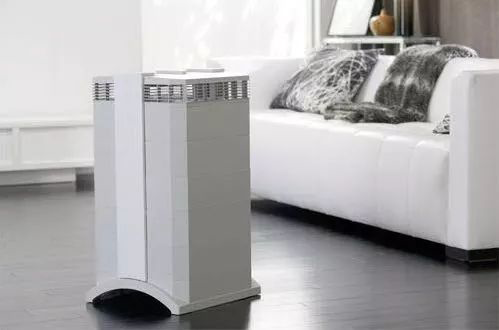
IQair
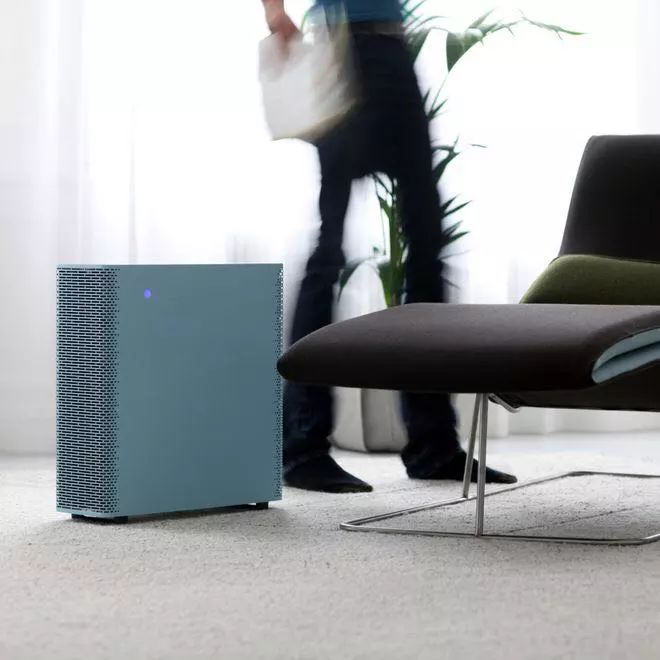
Blueair

BALMUDA
And the air purifier we ultimately chose was BALMUDA. There are several reasons for this:
Personally, we prefer the design of the BALMUDA air purifier. Other air purifiers are just machines, but BALMUDA’s AirEngine is like a work of art. This is the only air purifier to have won three major design awards: the Japanese Good Design Award, the German Red Dot Award, and the IF Award.
Many people simply look at the data of air purifiers, such as CADR value and cumulative purification value (CCM value), but we value overall performance more (we have specifically written about this issue, click here to read), such as the actual coverage area of an air purifier and the noise level. BALMUDA performs very well in this regard because its patented fan (dual fan structure) has a super strong ability to circulate indoor air. We compared it to another air purifier that looks almost identical to it, and BALMUDA can cover a large living room of 40 square meters without any dead corners, while the other one cannot even cover half of its area.
Price. Through comparison, BALMUDA’s products also have the highest cost performance.
Tall and thin build
Regarding appearance, the style of the Balmuda AirEngine air purifier is as follows:
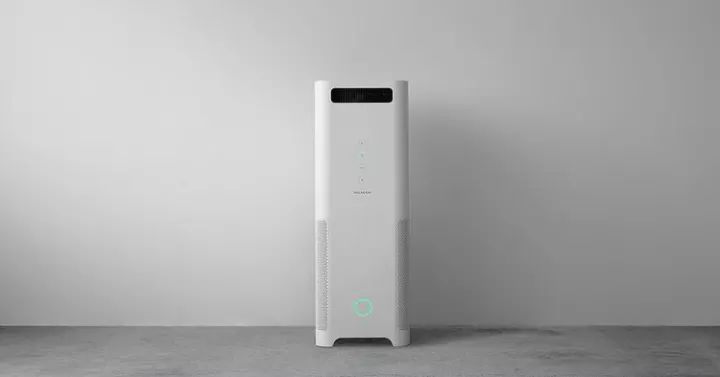
Balmuda has a very high level of aesthetic appeal.
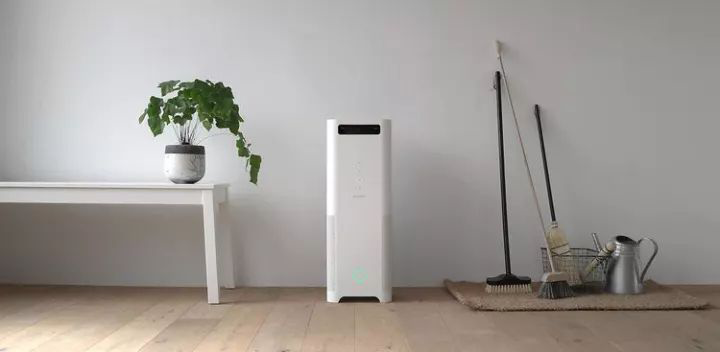
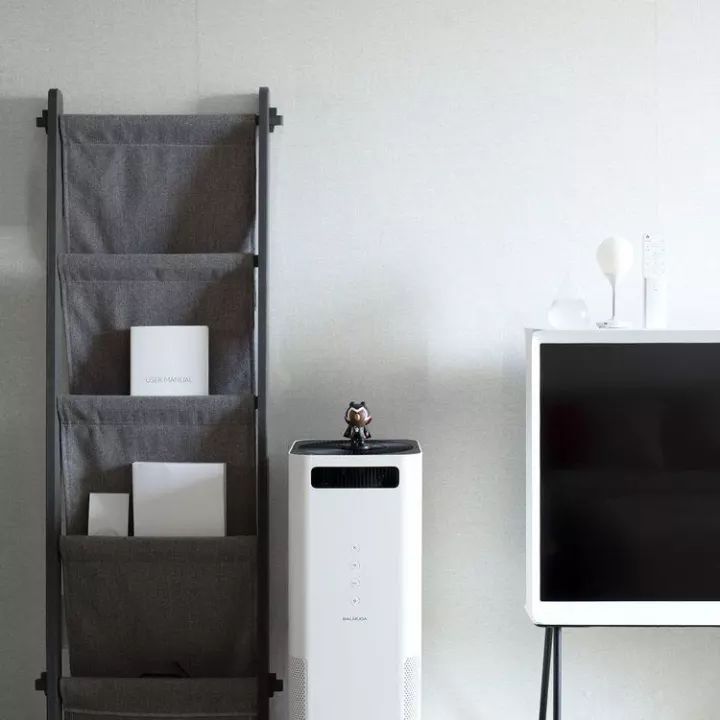
Looks familiar? Yes, Xiaomi air purifier blatantly “borrowed” the design from Balmuda, which became a hot topic in public opinion, and also showed that Balmuda’s air purifier design is outstanding. Of course, only the appearance is easy to “borrow”, just like the cars produced by Zotye may look like Porsches, but they cannot really be driven as Porsches. I have purchased Xiaomi’s air purifier, which is very competitive in the 200 US dollars level, but due to cost and patent restrictions, the “imitation” cannot surpass the “original” in terms of HEPA level, filter life, air circulation ability, and noise control.
Due to its tall and slender appearance, Balmuda air purifier has a very practical advantage, that is, it occupies a very small space, only about 1/2 or 1/3 of the same level of competing products, so it is particularly space-saving and easy to place. Its floor area is about 0.058 square meters, slightly smaller than a sheet of A4 paper (0.062 square meters); we have found some air purifiers with similar purification capabilities and found that their floor areas are between 0.107 and 0.156 square meters. A difference of 0.1 square meters may not sound like much, but it actually greatly increases the flexibility of placement, even in small bedrooms of 8 or 9 square meters, it can be easily placed. In a first-tier city where the housing price is close to 20,000 US dollars, freeing up 0.1 square meters of space is equivalent to saving 2,000 US dollars.
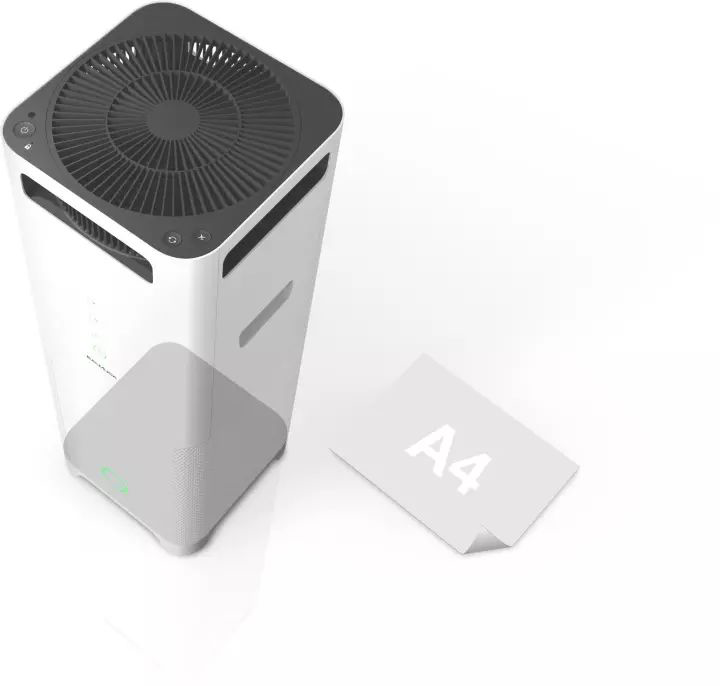
Balmuda air purifier Occupying an area slightly smaller than an A4 paper, the small bedroom and hallway can be easily arranged.
CADR Value
A good air purifier should not focus on a single parameter, but pursue overall balance. Just like a few years ago, some manufacturers liked to evaluate smartphones based on benchmark scores. But later, consumers found that benchmark scores were just one aspect, and other factors such as the screen, camera performance, sound quality, battery life, and even charging speed were often more important. Parameters can only be used as a reference. For example, a $200 smartphone and an iPhone may have the same camera pixel, but the actual effect can be vastly different.
BALMUDA’s air purifier has more internal advantages. First, the filter material is solid to improve the single-filtering effect and filter life, even if it sacrifices some air volume when compared to other parameters. Second, it has excellent ability to circulate air flow over a large area, making it ideal for large living rooms. Third, it operates with very little noise in low gear, and because of its small footprint, it is considered a “bedroom artifact.” We have personally purchased, used, and tested many air purifiers of the same level, and BALMUDA’s advantages in these areas are obvious.
In terms of parameters, especially the CADR value (clean air delivery rate) that some manufacturers like to emphasize, BALMUDA is not particularly eye-catching. Of course, compared with other reliable products of the same level, it is not weak either. BALMUDA’s air purifier has a solid particle CADR of 343.4m3/h and a gaseous pollutant CADR of 190.4m3/h. Among foreign brand models priced between 4000-6000 yuan, Blueair’s Pro M (360, 120) and 403 (400, 150), and Honeywell’s KJ410F (410, 60) and KJ550F (550, 240) are representative products. Compared with them, BALMUDA’s AirEngine has a lower solid particle CADR value and a higher gaseous pollutant CADR value, but overall, it is in the same category.
The CADR value reflects the air output of the air purifier, indicating how many cubic meters of clean air can be output per hour. This value is indeed important, as we have emphasized in our previous articles. However, it should be noted that some manufacturers currently overly emphasize the CADR value, thereby ignoring or even intentionally sacrificing the single-pass filtration efficiency, filter life, air duct design, and noise control. Such air purifiers, like smartphones that blindly pursued benchmark scores a few years ago, are not good enough products.
H13 HEPA Filter
BALMUDA insists on using high-grade (H13) HEPA filters, which are more expensive and sacrifice some CADR value (due to greater filter resistance), but ensure better single-pass filtration efficiency and longer filter lifespan. The HEPA filter manufacturer is a well-known industry leader and the amount of filter material used is substantial, with the length of the cylindrical filter reaching up to 8 meters when unfolded. BALMUDA’s approach is relatively conscientious compared to foreign brands: Honeywell’s KJ410F and KJ550F are H12 grade, while Blueair does not indicate HEPA level.
Using the higher-resistance H13 grade filter has a certain impact on the CADR value of BALMUDA air purifiers, making the parameters less attractive, but resulting in better single-pass filtration efficiency. At the same time, BALMUDA’s particle CCM and gaseous pollutant CCM both reach the highest level of P4 and F4 respectively according to national standards, and the filter lifespan is long enough.
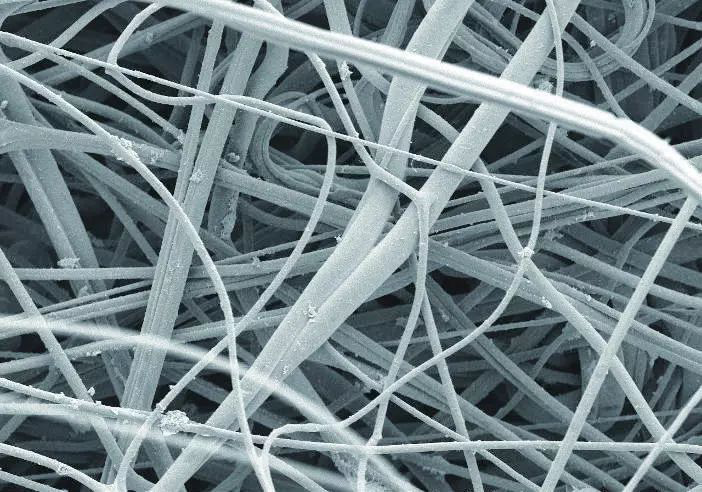
HEPA filter (H13 grade) under the electronic microscope. High-grade HEPA filters have high air resistance, which has a certain impact on the CADR value of air purifiers, but they have high single-pass filtration efficiency and long service life, ensuring better overall purification effect.
Some manufacturers use tricks to achieve high CADR values, such as using H11 or even lower grade HEPA filters. Although the filtration efficiency per use is poor and the filter life is short, the filter resistance is smaller, and the air output of the purifier is naturally larger, and the cost is much lower. This improves the CADR value, but sacrifices the filtration effect.
We have used independent testing equipment to measure many air purifiers. Some purifiers have high CADR values, but the filter grade and life are not good. Therefore, after using them for a few months, the air quality at the outlet cannot even reach the optimal level. However, after using a BALMUDA air purifier for a period of time, the particle concentration at the outlet was maintained at the lowest level of <=1μg/m3 (the optimal standard is 0-35). Only when the filtration efficiency per use is guaranteed can the CADR value be discussed with meaning.
Coverage area
For air purifiers, besides having high air flow (CADR value), what is actually more crucial is the ability to drive air circulation. CADR value is obtained through testing in a laboratory with a small and regular space without any obstructions. However, real home spaces are larger, irregularly shaped, and often have furniture and appliances that create dead spots.
We have been using a Balmuda air purifier at home for over a year, and its ability to circulate air flow is extremely strong. It can maintain a good and uniform concentration of particles in a 40 square meter space, which is better than many air purifiers with higher CADR values (400-500).
In reality, most air purifiers cannot achieve their theoretical values of applicable area.
Ideally, the applicable area of an air purifier should be CADR*(0.7~1.2). This algorithm is based on the assumption that indoor air is filtered 5 times per hour. However, reality is harsh. We once used an air purifier with a high CADR value of over 400 in a 30 square meter living room, which should have been more than enough. But when we used a haze meter (an independent handheld detection device) to measure the concentration of particles in the air, we found that the purifier could only purify the air around the machine, and the detection value began to soar a little further away, with the air quality in the far end of the living room failing to meet the standard. Ultimately, this is due to the inadequate and insufficiently thoughtful design of the machine’s air duct, which cannot fully drive the circulation of air in the entire room. It cannot blow the clean air far enough, nor can it pull the particles from the far end and corners of the room. Although the machine has a large air volume, it can only purify the surrounding air, leaving the air a little further away untouched.
The BALMUDA air purifier can drive a large-scale air circulation because of its dual fan structure: a turbine fan and a GreenFan. This structure was pioneered by BALMUDA, where the turbine fan is responsible for suction and generates strong suction power with an intake angle of 270°, capable of drawing in particulate matter and gaseous pollutants from all directions. After purification by the filter, the air travels along the air duct to the upper part. The patented GreenFan is responsible for delivering air and sends out vertical airflows that scatter after reaching the ceiling, leaving no dead corners. The maximum airflow rate of the GreenFan is up to 10,000 L/min, capable of delivering clean air to the farthest end of the room. Both fans are driven by independent brushless DC motors and combined into one with scientifically designed air ducts to ensure strong suction and delivery, creating a circulating airflow in the entire room. This helps capture distant air pollutants and purify the air in every corner of the room.
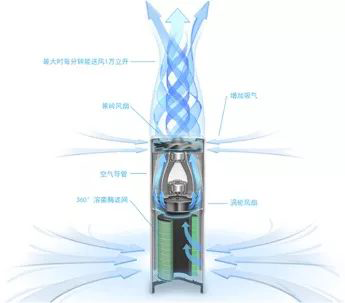
The BALMUDA air purifier uses a dual fan and dual motor structure that utilizes a turbine fan for suction and a green fan for air delivery. This design allows for a 270° air intake angle, drawing in air from further away.
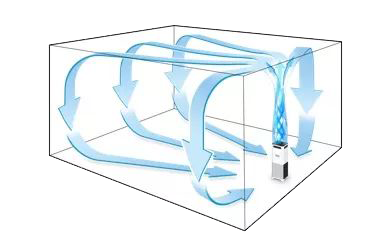
The BALMUDA air purifier releases vertical air that disperses after hitting the ceiling, helping to create a more complete circulating airflow.
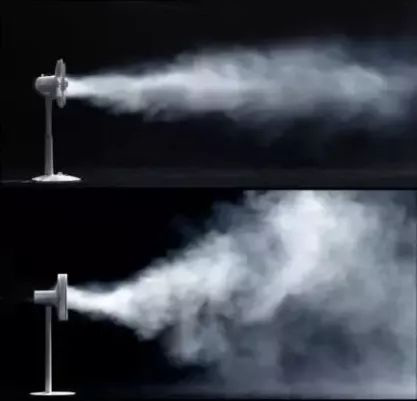
The upper image shows the wind blown by a regular fan, while the lower image shows the wind blown by the BALMUDA GreenFan. BALMUDA has incorporated its patented dual-fan blade structure technology into the AirEngine air purifier, which provides an overwhelming advantage in ensuring a wide coverage of fresh air for the BALMUDA air purifier. This exclusive technology plays a critical role in maintaining the freshness of the air.
Traditional air purifiers mostly use a double-blade fan that is responsible for both suction and blowing, resulting in weaker suction power compared to turbine fans, and weaker blowing power compared to axial fans. At the same time, it is difficult for the air outlet to be vertically oriented, which makes it hard to form a sufficient circulation of air. For example, the Blueair Pro M, another air purifier I am currently using, uses this traditional structure and can only take in air from one side and blow it out from the other side, with a narrow angle and a height equivalent to only the lower part of the leg, making it more easily blocked by various furniture and appliances.
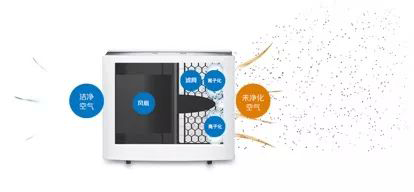
Blueair’s Pro M uses a traditional design with a single fan, where air is drawn in from one side and expelled from the opposite side. The narrow angle and low height of the design make it more susceptible to blockages, which can hinder the formation of a sufficient airflow circulation.
Mute
While air purifiers are expected to have strong purification abilities, they also shouldn’t be too noisy. Especially the low-level noise should be minimal so that one can sleep well at night.
BALMUDA air purifiers have a noise level of 16.2dB (tested for sound pressure level) in energy-saving mode, which is equivalent to the sound of two butterfly wings flapping. This is exceptional compared to other air purifiers in the same category. Quietness is a consistent feature of BALMUDA products. Those who have used the BALMUDA GreenFan during summer would have experienced this. This low noise level is the result of several factors, such as the use of a direct current brushless motor produced by NIDEC, Japan, which can achieve very low speeds. The fan blades used for air delivery have a dual structure, such that the airflow and speed generated by the inner and outer blades are different and spread out after colliding with each other. This patented blade design helps the purifier deliver clean air to a relatively long distance even at low speeds.
BALMUDA air purifiers also have a built-in light sensor that automatically reduces the speed and brightness of the indicator lights at night, ensuring users’ sleep is not disturbed. Even in automatic mode, the purifier will not operate in “strong mode” when the surrounding light is very dim.
Regarding noise, I also have a Blueair Pro M at home that can be used for comparison. In Blueair’s product line, Pro is a high-end series that claims to operate as softly as a whisper even at low speeds and has a U.S. patent. However, compared to the Bamuda, the Pro M’s lowest noise level is higher, with an official rating of 23dB (sound pressure level), which is twice as loud as the Bamuda (every 3dB, the volume doubles). What’s more, the Pro M’s auto mode not only lacks a thoughtful design for automatically reducing speed at night, but also makes a “pop” sound every time the fan speed changes automatically, which once woke me up just as I was falling asleep. Although this problem is small, it does affect the purchase value of the Pro M: since the automatic mode is not good, one should choose the Blueair 403, which has only manual mode and is more affordable by more than 1,000 and has a higher CADR value.
Of course, there are many factors that affect noise in reality. In addition to machine structure, motor performance, and speed, indoor temperature, humidity, and floor material can all have an impact. In addition, high speed means high noise, and the advantage of the AirEngine is that it has low noise levels at medium and low speeds, while noise issues are still unavoidable in spray mode (limited to 10-30 minutes) and high-speed mode.
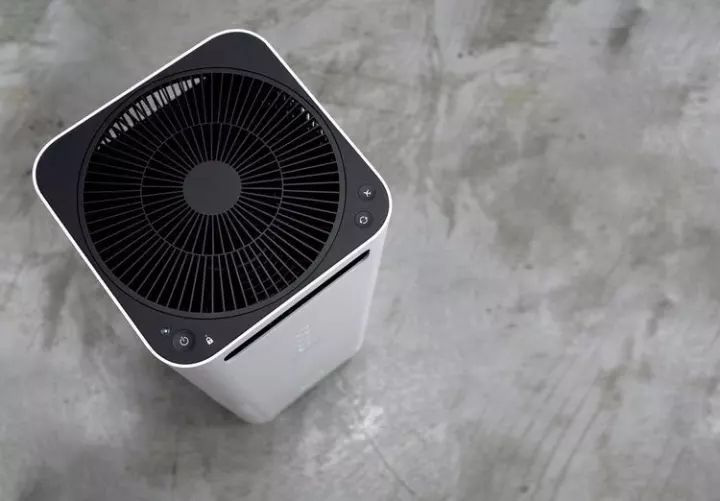
Calculation of Applicable Area
The ideal solution is to configure one Balmuda air purifier for every 30-40 square meters based on the layout and structure of the house. Several adjacent rooms can share one, such as the living room and study, or the living room and second bedroom, etc. The master bedroom is the space where people spend the most time at home, and Balmuda is the air purifier with the lowest noise level, so it may be worth configuring one separately. In addition, if your room is higher than 2.8 meters, exceeds the formaldehyde standard after new decoration, or has special requirements for air quality, then you should increase the number of purifiers appropriately.
Of course, even in a space of more than 100 square meters, placing only one Balmuda air purifier can improve air quality. However, the purification effect is relatively better within the effective range of the purifier, and the improvement is limited beyond that, so it should be placed around the daily activity area and close the doors of unoccupied rooms (such as guest rooms). My personal experience is that even if you buy a reliable purifier first and then add new ones later, it is better than buying a bunch of low-end purifiers, which will eventually be eliminated.
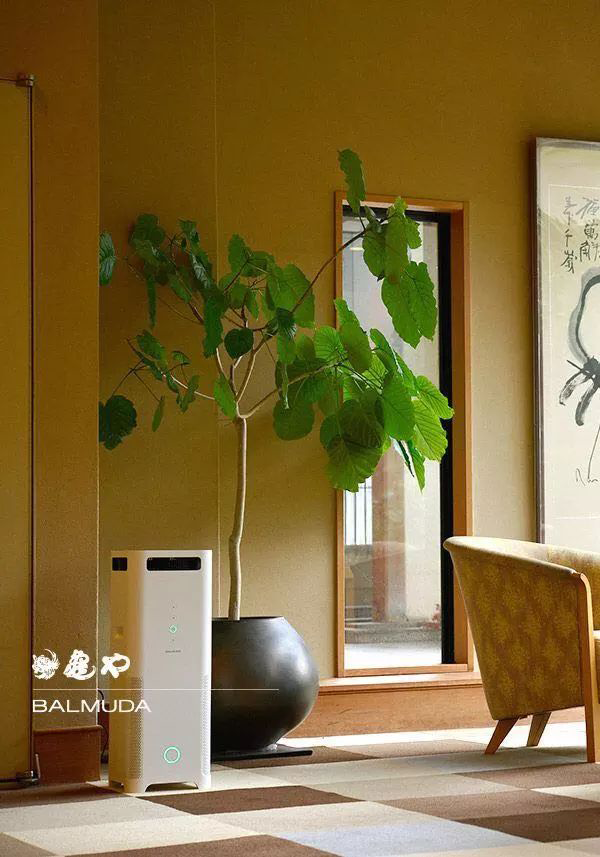
Button Operations
The operating of the Balmuda air purifier is simple, with only three buttons, all located at the top.
In daily use, it is recommended to select the automatic mode and keep it on 24 hours a day. The purifier will automatically monitor the air quality and maintain low-speed operation when the air quality improves. The overall power consumption of the Balmuda air purifier is very low, and the energy-saving mode is only 5W. On hazy days, after opening the window for ventilation, you can switch to the spray mode with one button, allowing the purifier to maintain its highest speed for 10-30 minutes, quickly reducing the indoor particle concentration, and then switching back to medium-low speed. In addition, long-pressing the power button can turn on/off the child lock function to prevent accidental operation.
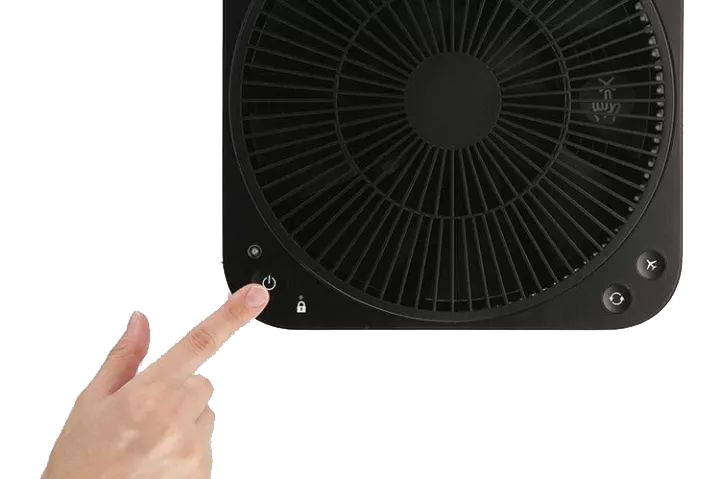
Filter cartridge
HEPA filters cannot be washed with water, so air purifiers need to replace the filter regularly. Braun comes with a high-quality filter with HEPA rating and CCM value, which means that the materials are good enough. Therefore, under normal circumstances, using it for half a year is worry-free, which means it can be used for a winter. However, for users in heavily polluted areas, it may be necessary to consider replacing the filter once in the middle.
Braun’s filter adopts a cylindrical integrated design, which integrates the pre-filter, HEPA filter, activated carbon, etc. into one filter, making it very easy to replace. This design also conforms to the current development trend.
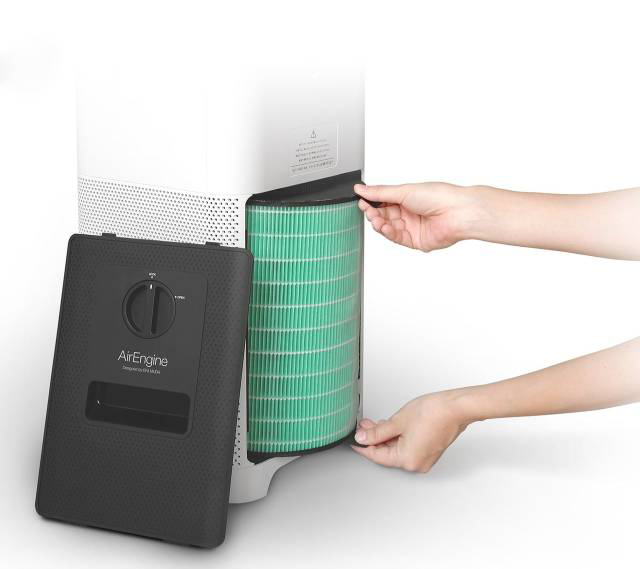
In the mid to high-end air purifier market around $500, mainstream products no longer have significant shortcomings and are more affordable than $1000 products, making them very suitable for most households. Currently, this market is still dominated by branded products, which have advantages in design, materials, and other aspects. The models listed in this article from several brands such as BALMUDA, Honeywell, and Blueair are all good choices. It depends on what you care about the most and whether the price is discounted.